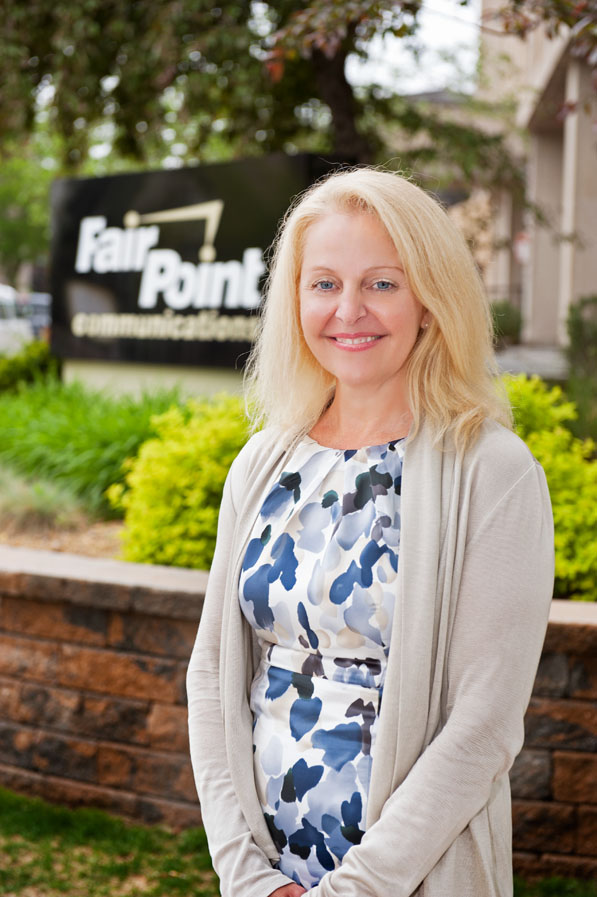In October 2000, Carey Bretsch and Mike Lapka founded Civil Design Inc., a civil engineering design and land-surveying firm in Brookings, South Dakota. By 2008, the company was so successful it was ranked number one of the top 50 engineering firms on the Inc. 5000 list. The company’s expertise covers a wide range and extends to highways, bridges, parking-lot designs, sports complexes, and, recently, the rerouting of a stream for a new airport. Civil Design also carved a niche in the railroad industry. Bretsch, the company’s president, explains how finding your professional niche is not necessarily a straight line between two points.
What is one of the most interesting projects Civil Design is working on these days?
We’re working on the rehabilitation of 61 miles of railroad that hasn’t had any significant activity in 30 years. The project—funded by a TIGER [Transportation Investment Generating Economic Recovery] grant from the US Department of Transportation—involves the replacement of ties and rail, and the installation of a new ballast to bring it up to a Class 2 standard so we can haul heavy freight on this line. The interesting thing is that shortly after the state announced they had this project, we designed two new grain terminals on the line, each of which is valued at $25-30 million. This is a $40 million project overall that generated $55 million in construction activity. That’s a lot of job creation, and if you look at the intent of TIGER, that’s what it’s intended to do.
What jobs have you held that led you to own your own company?
My first job out of college was for a highway contractor in Casper, Wyoming. I worked there for three years and gained a lot of experience in business management and people management—it was very long hours. This was good work, but involved no engineering. In an effort to get back into the civil engineering field, I left Wyoming in 1984 and moved back to Brookings, South Dakota, and started graduate school in pursuit of a master’s of science degree in structural engineering. The challenge here was remembering everything I had learned, but hadn’t used for three years. Also noteworthy is the fact that I had married and had a wife that was six months pregnant at the time we moved. I worked one semester as a graduate teaching assistant in the civil engineering department. I then started working as the facilities engineer at SDSU [South Dakota State University]. I continued to work on my graduate studies taking one or two classes a semester until I finished.
What resources did you use to face those challenges? What lessons did you learn?
I studied very hard to regain lost knowledge. I learned that you lose what you don’t use.
What brought you and Mike Lapka together to start Civil Design?
Mike and I were working for the same business, and we wanted to start our own. Mike is a land surveyor, and we had a strong working relationship. I was managing a branch office in Brookings—I had some pretty loyal clients—and they went with me when I started the business.
Can you describe an average workday?
I spend about 50 percent of my time on the phone with clients or prospective clients. I travel about two days per week on average for projects, either looking at new projects or dealing with special issues on current projects. During the course of any day, my time is spent writing and reviewing contracts, writing or reviewing new proposals, developing work scope, solving special problems for the design and project engineers, and reviewing the progress on the more than 25 active projects we’re working on to ensure that they are on time and within budget. I really like to see things progress in a planned sequence.
Can you offer any career advice to young men and women interested in your field?
Don’t be caught up with the money of your first job. Look for a job that is satisfying and offers advancement opportunities in a location you enjoy. Work where you want to live. The financial rewards will follow, although not as quickly, but the quality of life is more plentiful.

